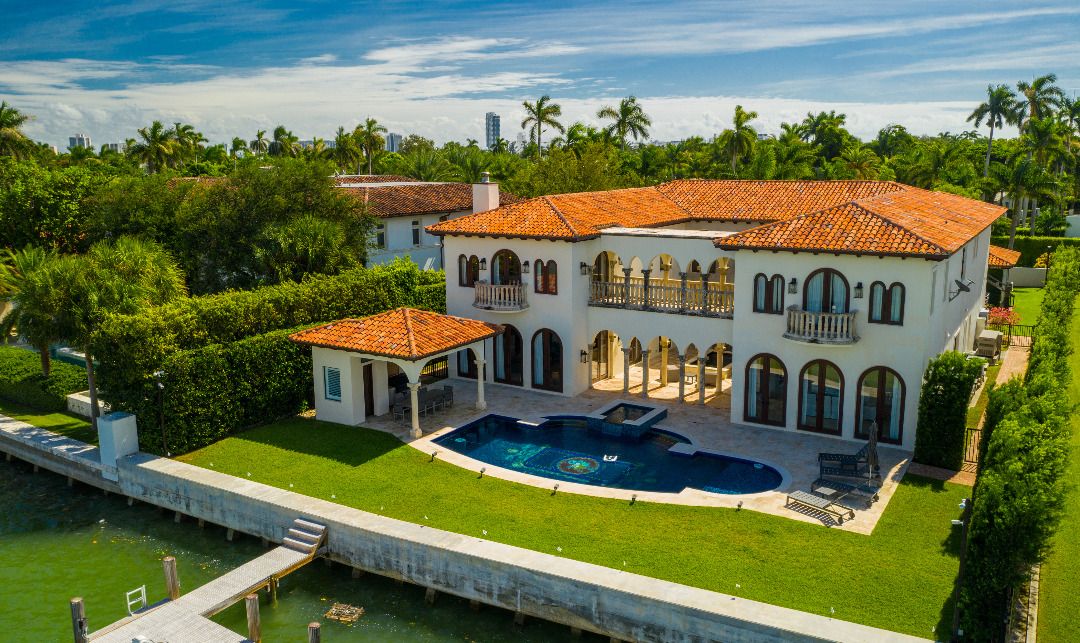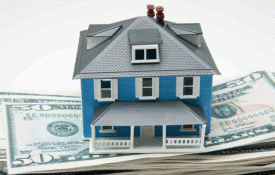The last year has seen wild swings and surges in many markets, and housing has been chief among them. In markets across the country, a combination of low interest rates, pent-up demand from 2020, a hot stock market, and a desire for many city dwellers with newfound freedom at work to find more space in the suburbs and countryside has caused housing inventory to drop to its lowest level in years.
This is great news for sellers but bad news for buyers. Bidding wars are now commonplace, buyers are now waiving their inspections and other contingencies, and non-financial incentives are becoming necessary to be the winning bidder. I heard that one buyer’s bid included a set of season tickets for an NFL team. According to Zillow, currently almost half of all homes go under contract in less than one week.
Will This Last Forever?
Like with almost everything the answer is no.
The real question is not if but when, and how will it end? There has been a liquidity-driven buying spree from stocks to big ticket items such as cars, homes, buildings, and crypto currencies. But cheap money does not last forever and with rising mortgage rates, demand for mortgages is dropping. If 2021 follows the pattern of the last 10 years, we should see the number of home sales decline throughout this year.
What About Housing Prices?
Home prices have grown at a record pace, substantially outpacing compensation. At some point buyers will be priced out of their market and will need to look elsewhere or rent. Even with the beginning of the “ending” of the pandemic, wage growth is not increasing fast enough to keep pace with home prices.
New Construction
New construction was substantially curtailed during the pandemic due to shelter-in-place orders, major delays in permitting, and lack of pre-sales. Since the vaccine rollout began, there has been a considerable amount of construction starts, which has led to a scarcity of materials, and for those who can get the materials, costs have skyrocketed. Lumber alone has seen a fivefold increase in prices since April 2020, although it has started to come back to earth recently.
Over the last week or so we’ve finally started to see prices drop. These factors have all added to the lack of supply and price increases.
According to Richard Shiller, co-founder of the S&P CoreLogic Case-Shiller home price index, “In real terms, the home prices have never been so high. My data goes back over 100 years, so this is something.” He does not feel that waiting a year will bring down house prices. He goes on to say that “If you go out three or five years, I could imagine [prices would] be substantially lower than they are now.”
What About Urban Cities?
Historically, suburban and rural areas have provided a more economical housing market. Lower home prices allowed some who were former renters to become suburban owners. As the vaccine has been rolling out and mask mandates lifted, the hum of the city is getting louder and drawing in more people. Since late last fall, urban home prices have started to catch up with suburban increases, seeing double-digit annual increases in price growth starting in October and peaking at nearly 20% this April, the largest year- over-year growth rate yet. Redfin expects the trend for double-digit growth to continue over the next few months.
With the lack of supply in the suburbs and urban markets having inventory, buyers are again considering moving into cities. I believe that as we as a nation get closer to herd immunity, life in the city will flourish again and the people will come.
Doug Kobak, CFP®, brings over twenty-five years of extensive experience and a multi-disciplinary background to the table. Doug founded Main Line Group Wealth Management in 2009 to provide high net worth individuals, professional athletes and entertainers, and entrepreneurial clients with comprehensive advisory services
Want more insight from our C-Suite Advisors? Read our full archive here.
Photo courtesy: Felix Mizioznikov / Shutterstock.com














































